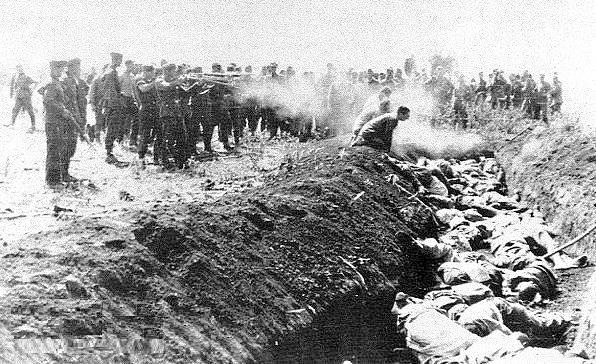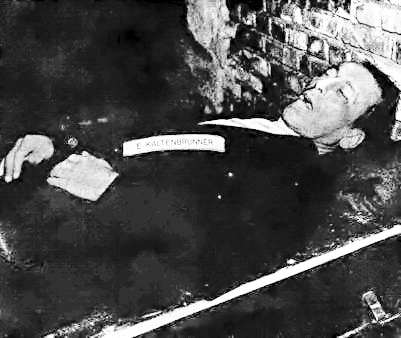Most of us are familiar with the Nazi atrocities committed in the occupied European countries and the collaboration of certain European governments (e.g., Vichy France and Norway) that supported and assisted the occupiers. However, collaboration in Eastern Europe has largely gone unnoticed. In countries such as Croatia, the Nazi-supported government of Ante Pavelić and his fascist Ustaše organization committed such atrocities and genocide that even the Nazis were appalled at their brutality.
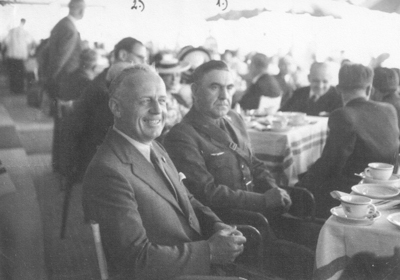
Today, we will look at a Georgia military organization comprised of ethnic Georgians who fought under the Waffen-SS (the military arm of the Schutzstaffel, or the SS). It’s no wonder they were commonly referred to as “The Georgian Gestapo.”
Did You Know?
Did you know that soldiers of the 23rd Headquarters Special Troops” received the Congressional Gold Medal? Two days ago, marked the 80th anniversary of D-Day ⏤ the invasion of Europe during World War II. This top-secret military unit was responsible for saving the lives of thousands of American soldiers who came ashore on 6 June 1944.
Commonly known as “The Ghost Army,” the unit’s mission was to deceive the Germans into thinking the invasion would take place on the beaches of Pas-de-Calais, France rather than Normandy. They were part of the Allied “Operation Fortitude.” Members of the Ghost Army were artists, designers, audio technicians, and other deception experts. The story of their deception was kept secret until 1996 when the files were declassified after more than fifty years.
There were seven known survivors of the Ghost Army at the time of the White House ceremony. Three of the seven attended the ceremony along with families of the deceased soldiers. Bernard Bluestein, John Christman, and Seymour Nussenbaum accepted the Gold Medal on behalf of all the men of the Ghost Army.
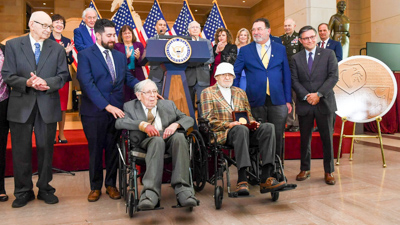
Please refer to our 2024 blog, The Double Cross System (click here to read) and the 2022 blog, The Ghost Army (click here to read).
Georgia
Georgia is a country on the Eastern border of Europe near the Black Sea and the Caucasus Mountains. Its language is part of the Kartvelian languages, and the alphabet is one of the world’s independent alphabets. Georgia is one of the oldest wine producing countries in the world dating to BC 8000. Its population of 3.7 million is dominated by indigenous Georgians.
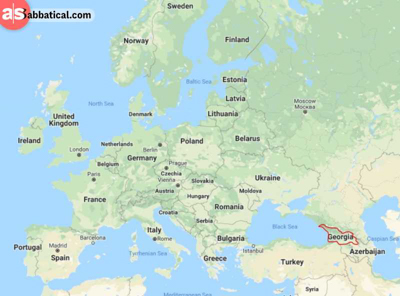
Georgia is one of those countries that over the centuries has been ruled and inhabited by various surrounding regional powers. The Kingdom of Georgia reached its peak during the High Middle Ages (AD 1000 to 1300) before its disintegration and absorption by the Mongols, the Ottoman Empire, and Persia (today, Iran). By 1801, the Russian Empire had annexed the country. After the 1917 Russian Revolution, Georgia became independent but in 1921, the Soviet Union broke the Treaty of Moscow (wherein the Soviets recognized Georgian independence) and invaded Georgia turning it into a Soviet satellite country. Read More The Georgian Gestapo

